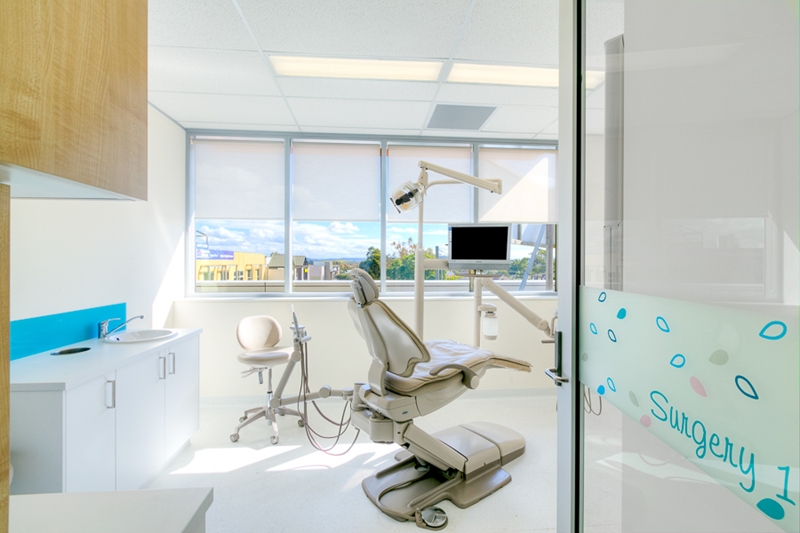There are many reasons why some patients find the dentist a stressful and scary place. Assuaging those fears and calming otherwise anxious patients is a primary concern for dentists and other healthcare specialists.
The way a dental office is designed plays a big role in alleviating patient’s fears and helping create a calming environment. During the healthcare construction phase, it’s important to keep these considerations at the forefront of the mind, and rely on dental fitout specialists who are experts in creating a relating and inviting space.
In this article, we’ll answer several key questions about how to design a calming dentistry office.
 Natural light helps to make dental offices calming.
Natural light helps to make dental offices calming.What colours are relaxing in a dental office?
Thankfully, there are many different pallet options when designing a calming space, so dentists don’t have to necessarily limit themselves when choosing a colour scheme.
Magazine Dental Economics suggest calming colours such as sage green, tan, light yellows and creams as all good choices. However, rather than painting walls a specific colour, coordination is more important when it comes to patient relaxation, according to New York University. Whatever pallet you choose, as long as the colour don’t clash, they should contribute to a relaxing environment.
DOWNLOAD 5 TIPS TO DESIGN
What natural elements play a role in a calming space?
In a previous article, we outlined how natural elements can have a positive outcome on patient recovery. There are many elements dentists can choose from during the healthcare construction process. Lighting is one of them.
Natural lighting from windows provides patients with a connection to nature and a positive psychological boost as a result, says the New York University College of Dentistry.
While sight is an important factor in a calming environment, the other senses play just as an important role.
What other sensory inputs are important?
While sight is an important factor in a calming environment, the other senses play just as an important role in altering emotional states, our sense of smell included.
In a study published in the journal Physiology and Behaviour, ambient orange and lavender odours were shown to reduce anxiety and improve the mood of patients in a dental office.
A 2015 study published by the University of Twente also confirmed that lavender smell contributes to a relaxed atmosphere in dental waiting rooms. Music also plays a part, with the study suggesting piano music is one contributor to a calming environment.
Ensuring a dental or medical fitout specialist has the capability to account for these sensory factors during the planning phase can help you make the most of them. Space for Health has both the expertise and experience doing just that for over 26 years.
To find out more, reach out to a member of our team today.



